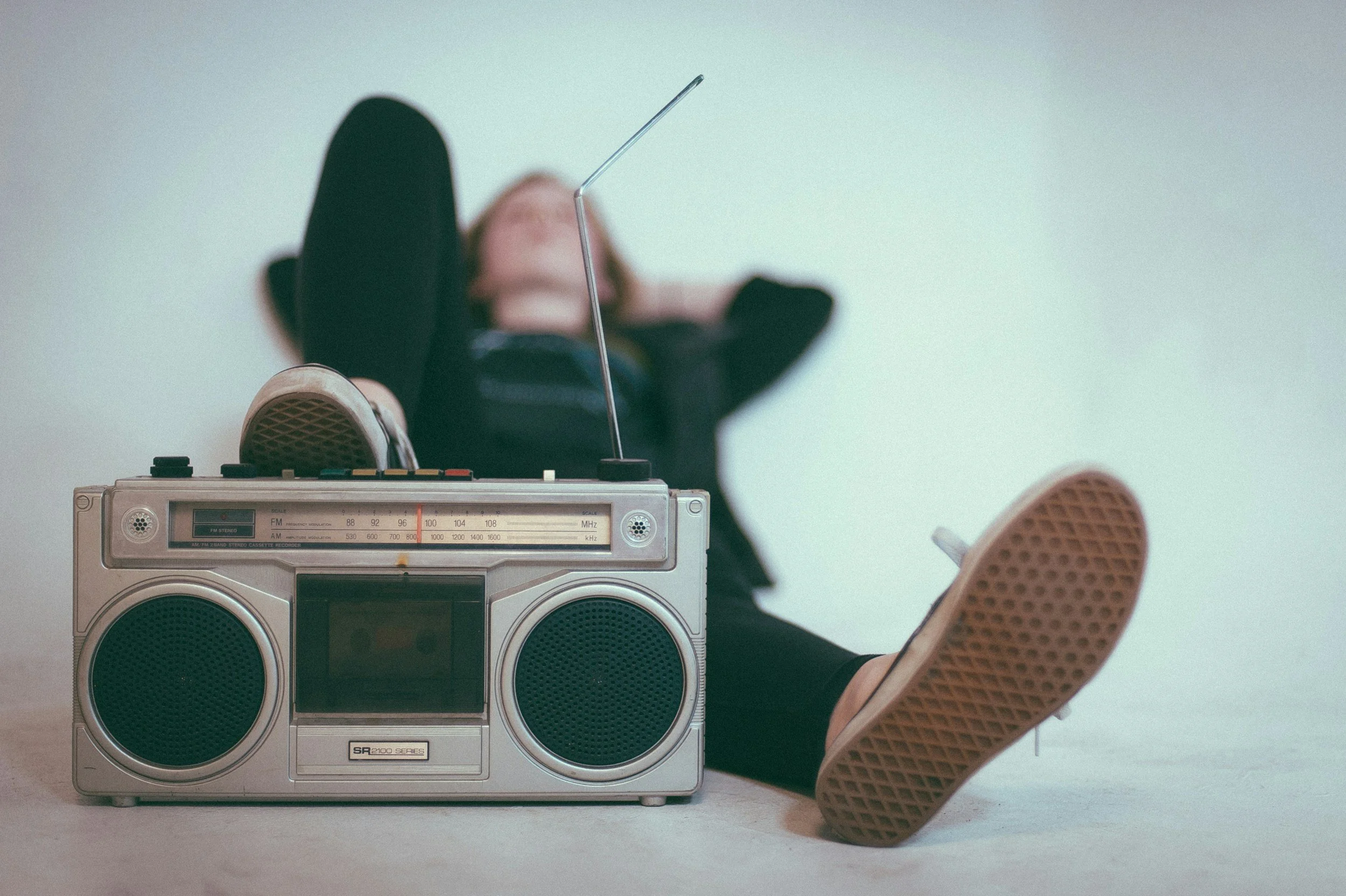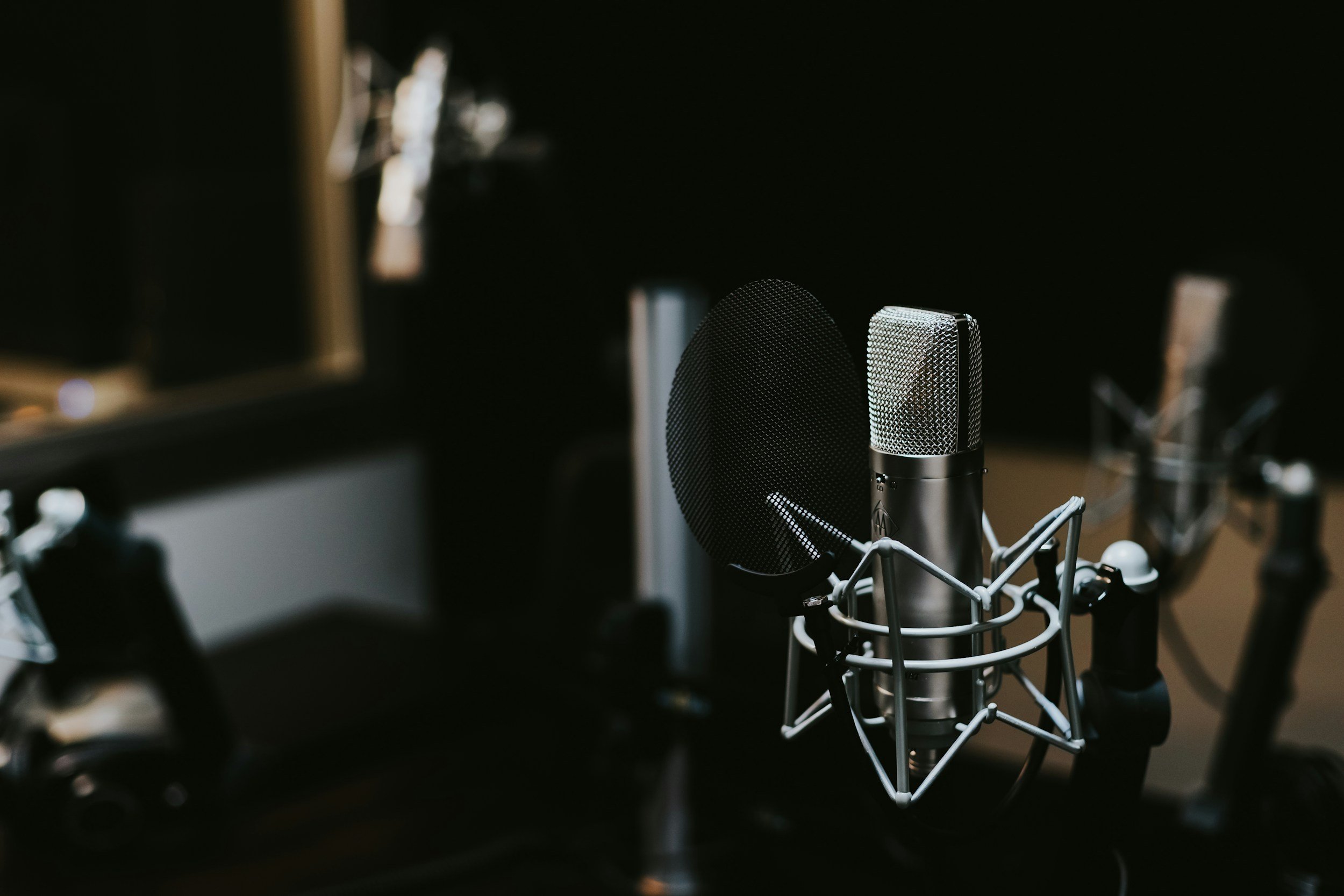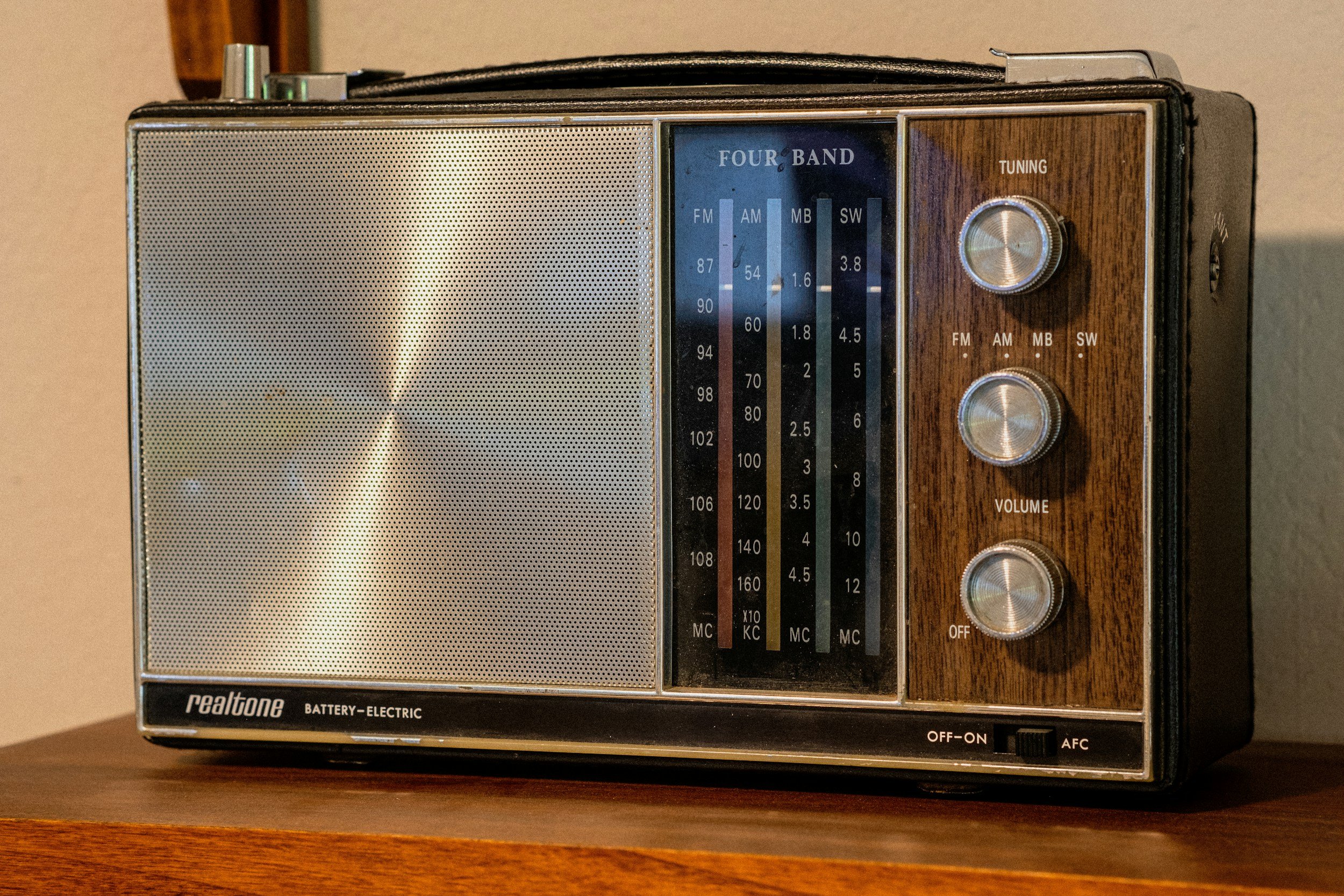How to Advertise on Radio
How To Advertise on Radio
Key Takeaways
Trusted and Frequent: Radio offers consistent, habitual engagement at scale.
Versatile Formats: From 30-second spots to sponsorships and live reads, brands can choose the right level of integration.
Expert Media Buying: Partnering with One Day Agency ensures creative, efficient, and measurable radio campaigns.
Radio may be one of the oldest mass media channels, but it remains a powerful and trusted environment for brands. In the UK, over 36 million adults listen to radio each week according to RAJAR data, and commercial radio alone reaches more than two-thirds of the population. Despite the rise of streaming and podcasts, radio continues to deliver scale, loyalty, and local connection that other media cannot replicate.
From national commercial networks such as Global and Bauer to local stations, DAB, and digital streaming platforms, radio offers brands both wide reach and precision. In this article, we’ll explore how to advertise on radio, the formats available, targeting options, costs, and how brands can integrate radio into an effective media strategy.
1. Why Radio Still Works
Radio is a uniquely trusted and habitual medium. Listeners tune in for companionship, news, and entertainment — often at consistent times each day, such as the morning commute or workplace hours. This consistency gives advertisers reliable frequency and brand recall.
Key strengths of radio advertising include:
High Reach: Billions of listening hours every year.
Frequency: Regular daily listening reinforces brand messages.
Local Relevance: Regional stations allow brands to target local communities.
Trust and Familiarity: Radio hosts have long-standing relationships with their audiences.
Cost Efficiency: Lower production and airtime costs compared to TV.
2. Radio Advertising Formats
Spot Ads
The most common format — 10, 20, or 30-second ads played during ad breaks. These can be pre-recorded or voiced by station talent.
Sponsorship and Promotions
Brands can sponsor programmes (e.g. breakfast shows), traffic/weather updates, or specific station features. Promotions often include competitions or call-ins, creating interactive engagement.
Live Reads / Presenter Endorsements
Hosts read ads live on air, sometimes adding personal touches. Like podcast host-reads, these feel authentic and trusted.
Branded Content
Collaborations with radio networks on bespoke content, such as mini-shows or sponsored interviews.
Digital Radio and Streaming Ads
Ads served on digital radio apps (Global Player, Planet Radio) or online streams, often with display elements alongside audio.
3. National, Regional, and Local Options
Radio allows advertisers to buy at different scales:
National Campaigns: Across major networks such as Capital, Heart, Kiss, or Absolute Radio. Best for large-scale reach and brand awareness.
Regional/Local Buys: Target specific areas through regional stations, great for retail, events, or service businesses.
Digital Targeting: With DAB and online streaming, advertisers can now target by location, demographic, or even behaviour.
This flexibility makes radio accessible for both big national brands and local SMEs.
4. Costs and Buying Models
Radio advertising is typically bought on a CPT (cost per thousand impacts) basis, though flat rates are common for sponsorships. Costs depend on:
Audience Size: Larger stations command higher rates.
Dayparts: Breakfast and drivetime slots cost more due to higher listenership.
Region: London and big cities are more expensive than smaller local markets.
Format: Live reads and sponsorships are premium compared to standard spots.
Production costs are relatively low. A high-quality radio ad can be produced for a few hundred pounds, far less than TV.
Typical entry budgets can start from £1,000–£2,000 for small local campaigns, while national sponsorships run into the hundreds of thousands.
5. Targeting and Data
Radio targeting has advanced beyond simple station choice. With digital platforms, advertisers can now target based on:
Location: Down to postcode areas via DAB and streaming.
Demographics: Age, gender, household type.
Lifestyle/Interest Segments: E.g. sport fans, commuters, parents.
First-Party Data: Networks like Global and Bauer increasingly offer data-driven targeting based on listener registration.
Dynamic ad insertion also allows creative to change based on time of day, weather, or location.
6. Creative Considerations
Radio is a pure audio medium — so creativity relies on sound. The most effective ads:
Use clear, simple messaging repeated for memorability.
Feature distinctive sonic branding, such as jingles or consistent voices.
Include a call-to-action — website URL, promo code, or in-store visit.
Adapt copy length to the format — concise for 10–20 seconds, story-driven for 30 seconds.
Match the tone and style of the station’s audience.
Because listeners often multitask (driving, working, exercising), ads must cut through quickly and memorably.
7. Measuring Effectiveness
Radio measurement is improving, though not as advanced as digital. Common approaches include:
RAJAR Data: Standardised industry measurement of reach and audience.
Brand Tracking: Surveys to measure awareness and recall.
Response Metrics: Promo codes, dedicated URLs, SMS keywords.
Attribution Studies: Linking spikes in website traffic, search, or sales to campaign timing.
Radio is particularly effective as part of cross-channel strategies, amplifying TV, OOH, or digital by reinforcing messages throughout the day.
8. Challenges and Opportunities
Opportunities:
Cost-effective access to millions of listeners.
Authentic host endorsements.
Flexibility across national and local markets.
New digital targeting and attribution tools.
Challenges:
Creative limited to audio only.
Measurement less granular than digital.
Competition for premium slots like breakfast shows.
Still, radio remains one of the most efficient ways to build brand awareness and drive action in the UK.
How One Day Agency Can Help
At One Day Agency, we understand how to blend the creative storytelling of radio with efficient media buying. Our senior team works directly with networks such as Global, Bauer, and Wireless, as well as independent and local stations, to ensure your campaigns deliver impact.
We help brands:
Plan and buy radio campaigns nationally, regionally, or locally with maximum efficiency.
Negotiate sponsorships and live reads, leveraging presenter credibility for authentic brand integration.
Create effective radio copy and sonic branding, ensuring ads cut through in busy listening environments.
Integrate radio with digital and podcast campaigns, maximising reach across audio platforms.
Measure and optimise performance, from RAJAR reach to real-time attribution studies.
Whether you’re a local business advertising for the first time or a national brand scaling up audio strategy, One Day ensures your investment in radio works harder.





